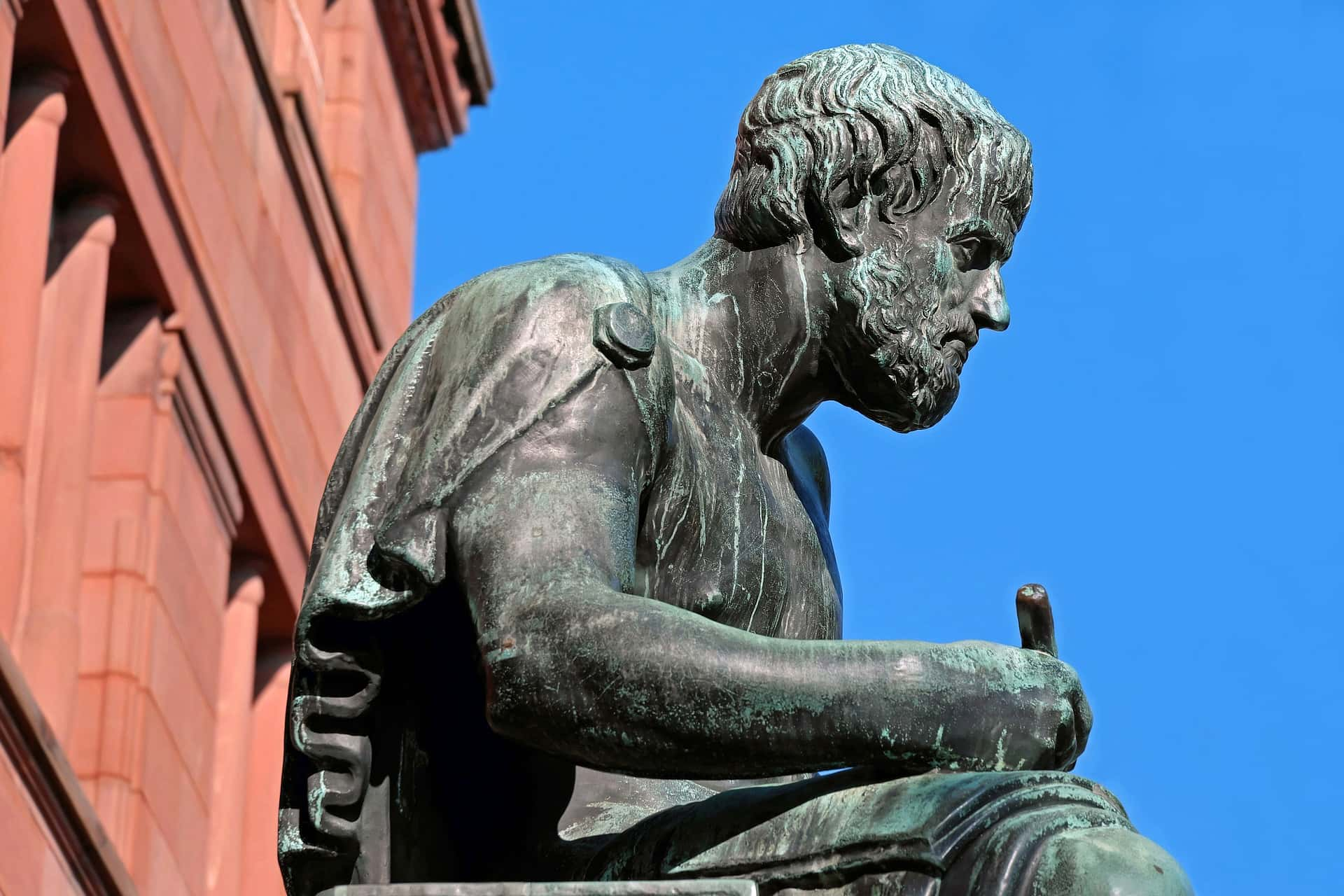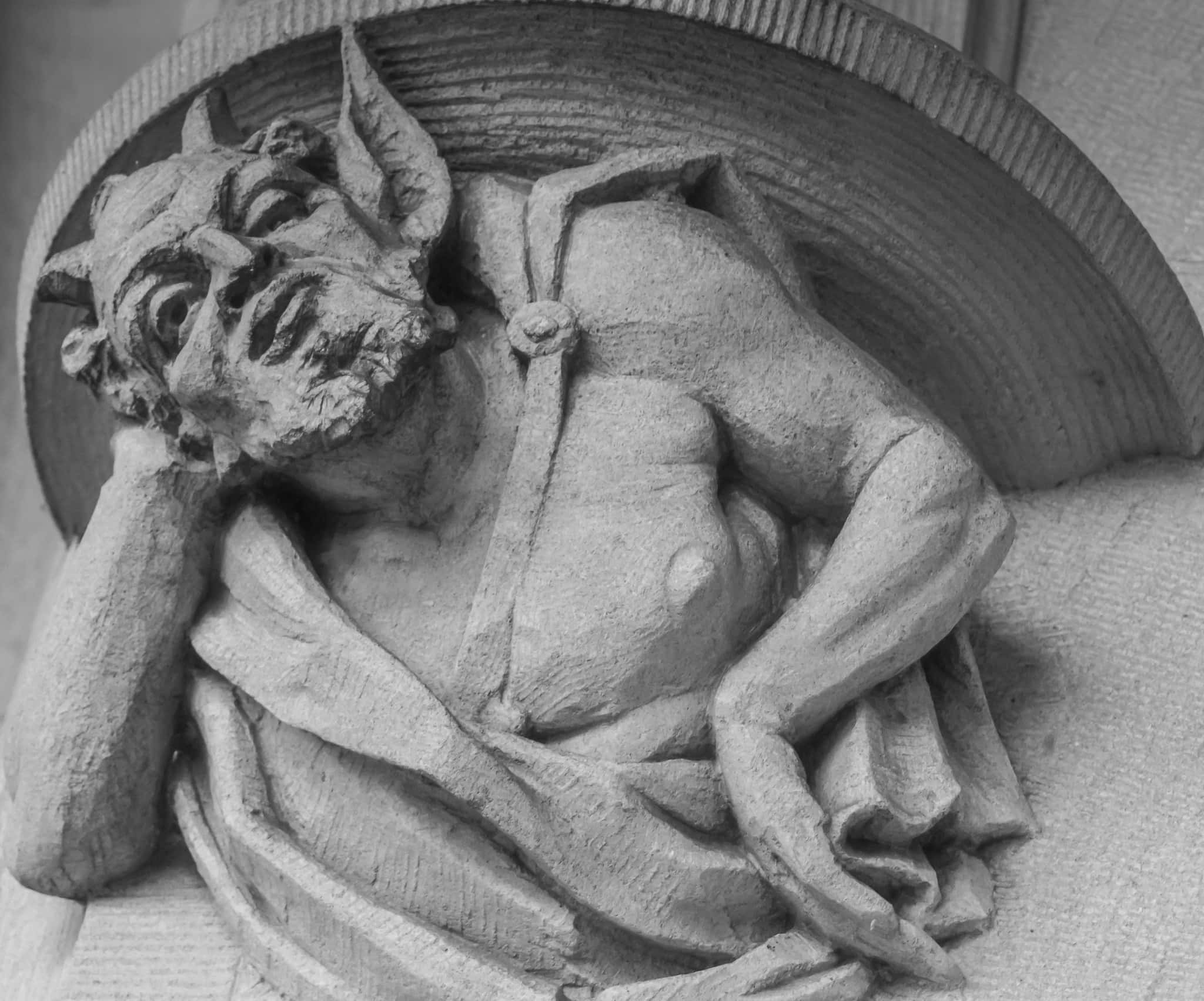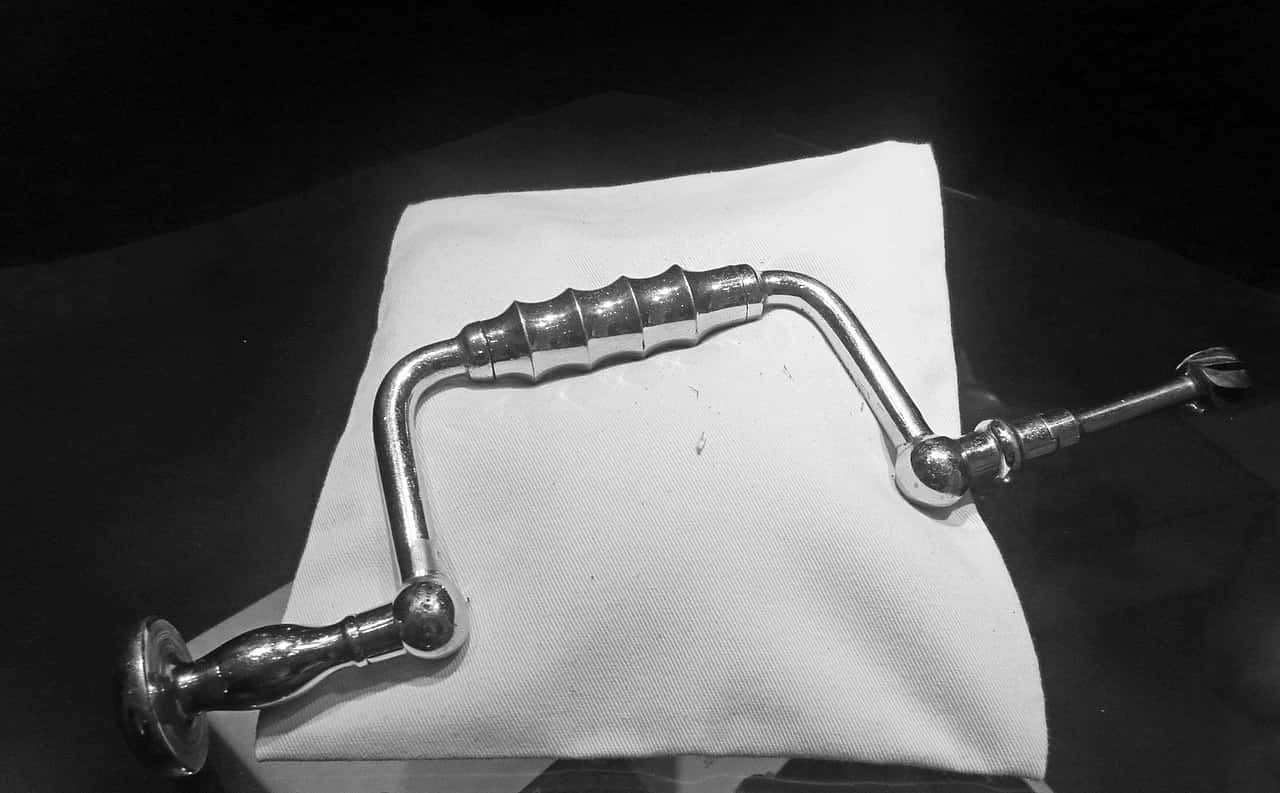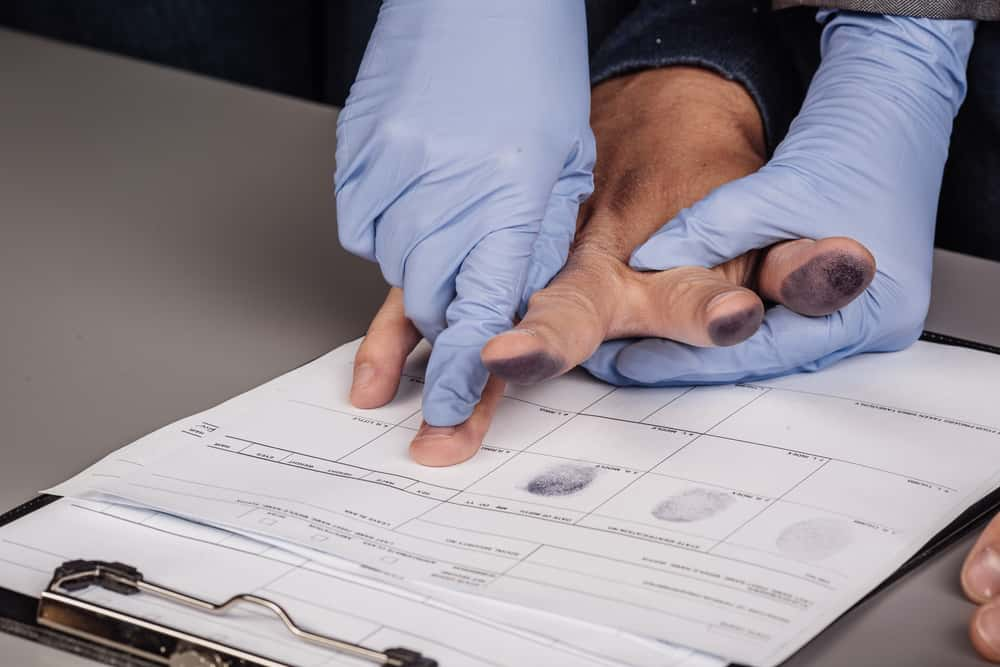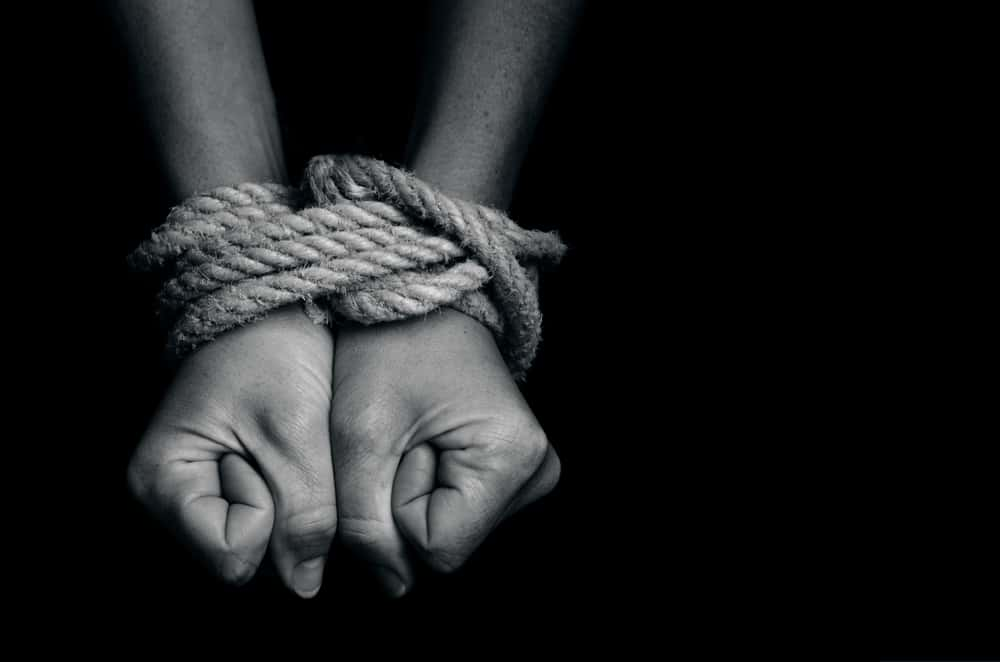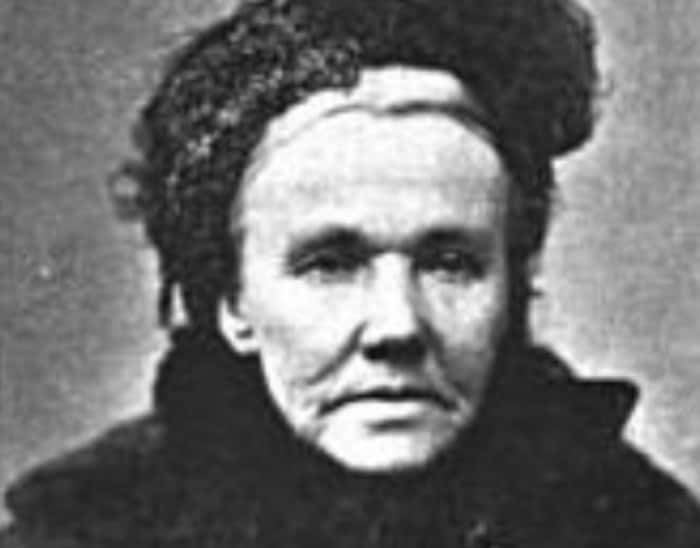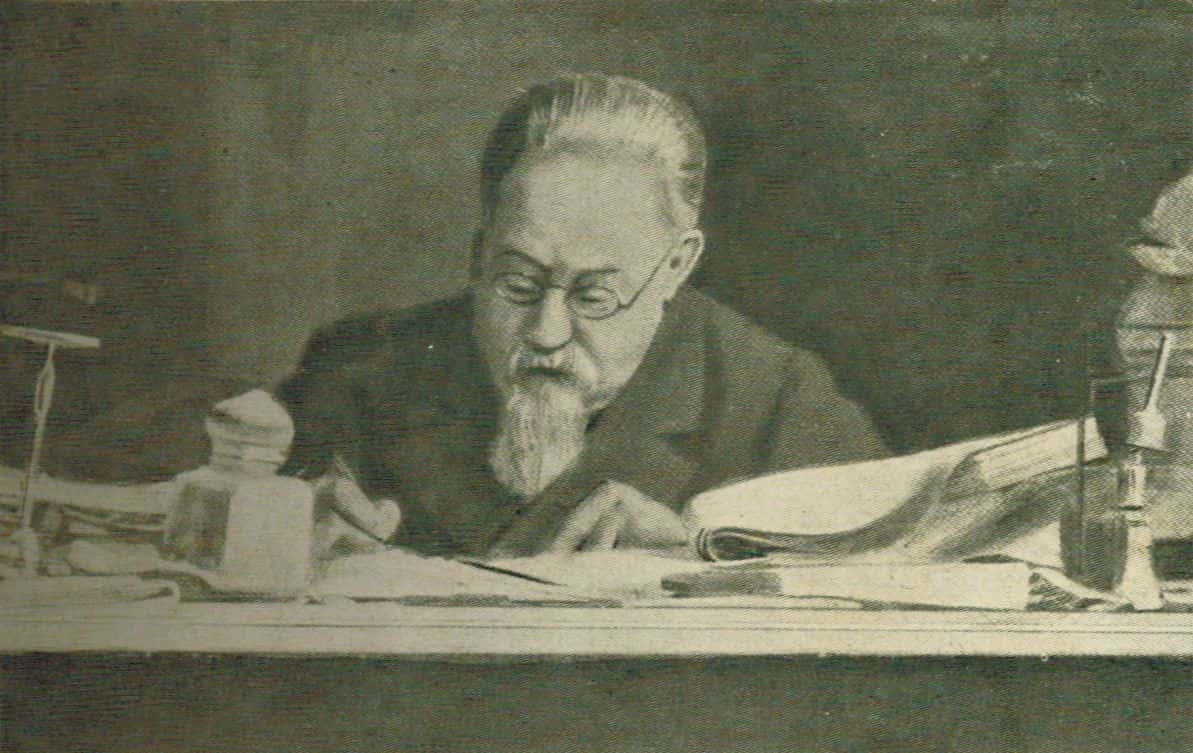Criminology is the study of atrocity and those who commit it, and criminologists try to figure out why atrocity occurs so that it can be prevented. The science has come a long way over the centuries, but even its shaky beginnings are of vast interest. We've gathered here a few of the more interesting facts about criminology.
1. Born Bad
One of the earliest modern theories about criminology stated that criminals couldn’t help it—they were simply born that way. Cesare Lombroso came up with the theory, which he called "The Atrocity Man," in the late 19th century. Lombroso's theory helped to unify unlawful traits and identification (while also perhaps not paying enough attention to upbringing and environment as unlawful factors).
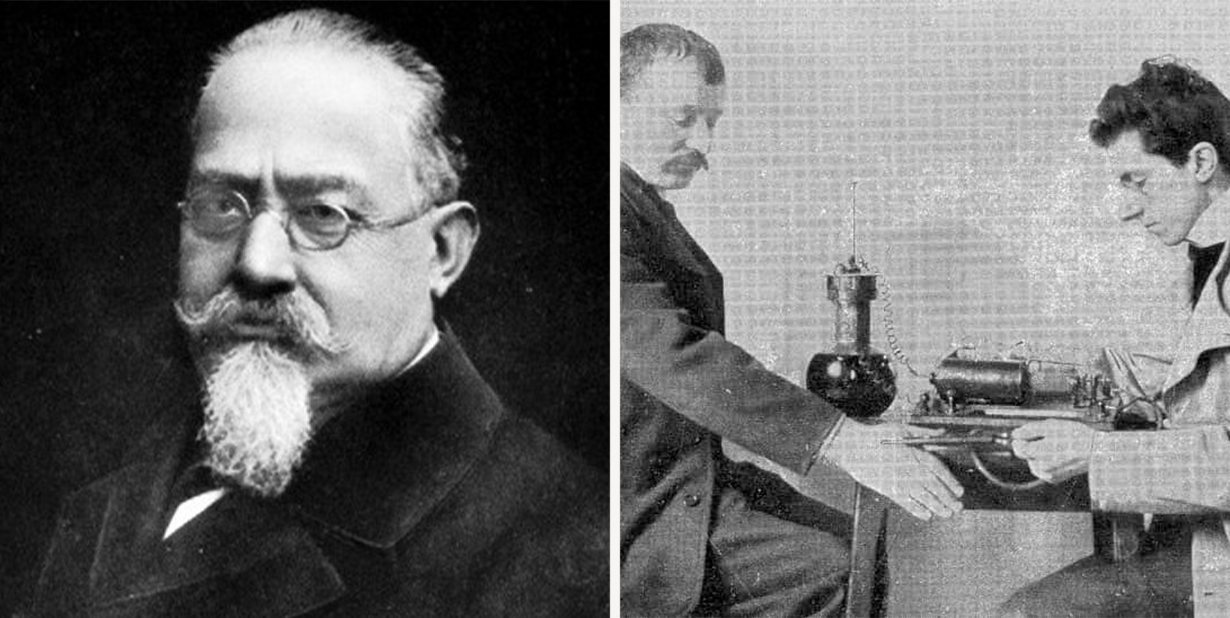
2. Criminology of the Left
If you have unlawful tendencies, which hand you prefer could determine how many problems you commit. Even though only 10% of the population are left-handed, 33% of criminals with multiple arrests are left-handed.
 Wikimedia Commons, Alejandro Escamilla
Wikimedia Commons, Alejandro Escamilla
3. Plato Had a Few Ideas
Famed philosopher Plato believed that was the atrocity result of a lack of education (hello, environmental factors)!
. He also felt that punishment should be based on how much at fault the deed was. In other words, mitigating circumstances needed to be considered.
4. Aristotle Throws His Hat in the Ring
Aristotle was the first one to come up with the idea that punishments should attempt to deter others from committing a unlawful act as well as punish the specific offender.
5. The Devil Made Me Do It
In the Middle Ages, the prevailing belief was that criminals were being overtaken or influenced by the devil. Medieval lawmakers derived harsh punishments in order to purge the offender’s body of the evil demon and to do God's work on Earth.
6. I Just Can’t Resist
In 1825, early criminologist Jean-Etienne Dominique Esquirol wrote about something he called "monomania," which, when coupled with homicidal tendencies, made it impossible for someone to resist the urge to make the deed. He theorized that people with this affliction would appear normal most of the time, and then ended for no apparent reason.
For much of the 1800s, violent acts was considered to be evidence of insanity. It was also, interestingly enough, considered a unlawful to be insane.
7. Surgery as Cure
Early criminologists promoted lobotomies as a cure for criminals. The idea was that it would calm the individual and control the impulsive behavior that lead them to commit unlawful acts.
It also turned them into vegetables, but you know, adverse side effects and all that.
8. The Neanderthal Effect
For a long time, it was believed that criminals could be identified by their physical traits. Those traits included wide, sloping foreheads and large ears. This practice was a part of what's called physiognomy, and it married well with Lombroso's "born offender" theory, using physical and genetic traits to try to identify and tag offenders.
9. Penalized
From the Latin "poena" (punishment) and the Greek "logia" (study of), penology is a branch of criminology that looks at how society curbs unlawful activities. “Old Penology” focused on establishing guilt and figuring out appropriate punishment. “New Penology” focuses on managing the risk of misconduct using statistics and analysis.

Sign up to our newsletter.
History’s most fascinating stories and darkest secrets, delivered to your inbox daily. Making distraction rewarding since 2017.
10. Blame It on the Weather
A criminology theory blaming unlawful activity on the weather is one of the more strange theories that floated around in the early days of the discipline.
The "Thermic Law of atrocity" argued that violent acts were more likely to occur in hot climates, while break-ins and theft occurred more often in colder climates.
11. Can Religion Save You From a Life of Misconduct
A recent study discovered that that people who regularly attend a church, mosque, or synagogue commit fewer petty deeds.
12. Busy Times
Unlawful rates tend to rise during times of upheaval.
Economic depression, wars, and other events are often found to coincide with higher unlawful rates. Wikimedia Commons
Wikimedia Commons
13. Criminalistics
Criminalistics is a branch of criminology that is involved with scientific deeds detection. It includes things such as toxicology, fingerprinting, and DNA analysis.
14. Victimology
Another branch of criminology, known as victimology, is the study of victims of atrocity and the relationships between victims and criminals.
Some victimologists are studying the role that victims even play in problematic activity.
15. Origins
The word "criminology" was first used in the 1850s, and first taught in universities in 1890. It comes from the Latin "crimen," which means unlawful act in a judicial processing sense, and the Greek word "logos," which means reason or study.
16. Science or Social Science?
In Europe, criminology is considered part of the study of law, while in South America it is grouped with the study of anthropology and medicine.
In North America, criminology is often taught within the sociology department.
17. Problematic Statistics
The first national unlawful statistics were recorded in France in 1825. They included 250 deeds against relatives, 4,841 thefts, and 613 forgeries.  Shutterstock
Shutterstock
18. Twinning
Twins who are identical (monozygotic) are far more likely to show similar tendencies toward problems than fraternal twins (dizygotic).
This, scientists believe, does suggest a possible genetic influence for unlawful activities.
19. Bad Blood
Studies of adopted children have shown that their likelihood to commit a problem is much higher if one of their biological parents was offenders is when compared to adopted children whose biological parents were not criminals, even if one of their adopted parents is a problematic. Adopted children whose biological and adoptive parents were criminals are the most likely to commit a unlawful act. Yep, nature and nurture in one fell swoop.
20. Medical Explanations
Criminologists have discovered that specific neurotransmitter imbalances in the brain, hormonal imbalances, and slower acting autonomic nervous systems tend to make people more likely to commit atrocity. This doesn’t mean they will, it just means they are more likely to.
21. You Can’t Always Get What You Want
Anomie is a criminology theory proposed by Robert K.
Merton. It suggests that people turn to unlawful acts because they are unable to achieve their goals by any other means. That is, they feel that they have no choice but to commit a unlawful act in order to get what they want.
22. The Chinese View
Technically, misconduct doesn’t exist in pure Marxist societies, as property belongs to everyone. Problematic acts in China, for example, is considered to be caused by unreformed individuals who have not accepted or fully internalized Marxist beliefs, and who are otherwise still captive to capitalist systems that center on individual property.
23. The Triad
Criminologists have identified three possible warning signs of a future serial offender that they refer to as “The Triad". These signs are: animal mistreatment, bed-wetting after the age of five, and pyromania.
24. Mindhunters
Mindhunters is a Netflix series that focuses on the work of early criminologists as they try to get inside the minds of serial killers. It is based in part on real life criminologist John E.
Douglas, a legendary authorities profiler; the character of Jack Crawford in Silence of the Lambs was also based on Douglas.
25. Misconduct Mapping
Environmental criminology is a field of study in criminology as a whole that began in the early 1980s. These criminologists came up with the idea of mapping where deeds occur so that they could find patterns and even take preventative measures like increased officer patrols.
26. Broken Windows Theory
Environmental criminologists use the "Broken Windows Theory" to explain why people commit more unlawful acts in certain areas. The idea is that the more broken windows there are in a neighbourhood, the more problems is committed there; people take cues from their environment and act in accordance with the society they are brought up in.
More break-ins begets more break-ins.
27. The Mother of Criminals?
Margaret, the Mother of Criminals was the so-called matriarch of a multigenerational family of criminals known as the Jukes, who were identified by criminologist Richard L. Dugdale. In 1874, Dugdale entered a New York jailhouse and observed that no fewer than six members of the same family were sitting in the cells.
After further investigation, he discovered that of 29 "male blood relations," 17 men had been detained, with 15 of these men actually convicted of unlawful acts. This spurred Dugdale to research the family, who he named "the Jukes" for privacy, extensively throughout the years. In 1877, he published The Jukes: A Study in Misconduct, Pauperism, Disease and Heredity, where he argued that the Jukes were destined for a life of offences due to a combination of environmental and hereditary factors. However, modern criticism of his project argues that the Jukes were used to justify the concept of eugenics in the study of Misconduct and support the idea that criminals should be sterilized, lobotomized, or even euthanized to eliminate bad genes.
Furthermore, his research was ultimately unreliable: The “family” was actually a composite (and Dugdale notes this) of 42 separate families, and only 540 out of 709 of them were related by blood.
28. Wicked Women
In the late 19th century, many criminologists, including Cesare Lombroso, believed problematic women were shorter, more wrinkled, and had smaller skulls than their non-problematic counterparts.
The good news for female criminals? Apparently, they also had better hair; they tended to not go bald.
29. Till End Do Us Part
Lombroso's dedication to his studies got a little out of hand. He would often dissect the corpses of criminals in order to review their physical attributes, and even took to measuring their skulls, among other anatomical parts.
Still, when it came to his theories on the inherent problematic nature of men, Lombroso walked the walk: after he as gone, Lombroso demanded in his will that his own skull and brain be measured in accordance with his research. Too bad his work is largely considered pseudoscience today.
30. Making a Murderer, 1440 Edition
One of the first documented serial killers fought alongside Joan of Arc before descending into a life ruled by strange, violent appetites—but reviews of medieval court documents reveal that this is only half the story. Gilles de Rais was a 15th century nobleman and companion-of-arms of Joan of Arc.
Right around the time he retired from army life, old Gilles apparently got a little restless and started kidnapping children, generally young boys. In the end, de Rais confessed to (albeit under duress) murdering the children, and was hanged; estimates place the number of his victims in the 80-200 range.
However, as modern forensics and criminology obviously weren't around back then, a movement has started stirring that proclaims de Rais' innocence. Proponents argue that many biographical accounts of the man were based on nothing but fictions, and posit that the pro-English court proceedings were unfairly biased against de Rais.
Time will still tell if de Rais gets redeemed in the court of public opinion.
Sources: 1, 2, 3, 4, 5, 6, 7, 8, 9, 10, 11, 12, 13, 14, 15, 16, 17, 18, 19, 20, 21, 22, 23, 24



